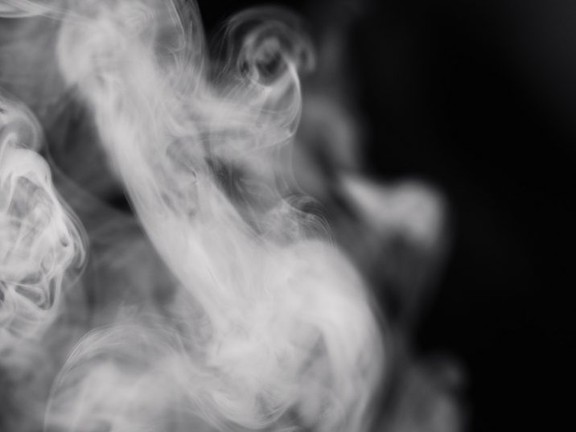You are here
Home 🌿 Cannabis Technology News 🌿 Scientists have found a way to get rid of compounds that deposit on surfaces from third hand cannabis smoke 🌿Scientists have found a way to get rid of compounds that deposit on surfaces from third hand cannabis smoke

Although there’s nothing quite like the stale smell that remains after smoking tobacco, weed smoke also deposits compounds on surfaces that new research suggests can be reduced by ozone, which is found in both indoor and outdoor air.
Plenty is known about second- and third-hand smoke (THS) — which are reactive chemicals that remain in the air or are deposited on surfaces like walls, windows, clothing and upholstery, respectively — from tobacco. The same cannot be said for cannabis smoke, which is less studied and chemically distinct from tobacco smoke.
Are weed contact highs real? | Weed Easy
To explore how ozone, a component found in both indoor and outdoor air, can react with the psychoactive cannabis compound tetrahydrocannabinol (THC), researchers coated glass and cotton cloth with a THC solution. They then exposed the surfaces to concentrations of ozone that could exist in indoor air.
Appearing in the American Chemical Society’s (ACS) publication, Environmental Science & Technology, the reaction between weed smoke and ozone produced “new compounds, which they characterized for the first time,” researchers report.
“Over time, the amount of THC on glass and cotton decreased, while the quantities of three THC oxidation products (identified in the study abstract as epoxide, dicarbonyl and secondary ozonide THC reaction products) increased,” according to the ACS. That is important since third-hand smoke “lingers long after a person stops smoking.”

The team also used a smoking machine to deposit cannabis smoke on cotton. / Photo: AaronAmat/Getty Images
The team also used a smoking machine to deposit cannabis smoke on cotton. When that was exposed to ozone, “the same three compounds formed at roughly the same rate as observed for the THC-coated cloth,” the ACS reports.
“Nicotine is semi-volatile and reacts with other chemicals on surfaces, producing new compounds that, if volatile, can also become airborne,” the society explains. But with regard to cannabis smoke, “because of the low volatility of THC and its oxidation products, the compounds are unlikely to be emitted to the air where they could be inhaled in as large amounts as nicotine,” it adds.

Tobacco has more than 7,000 chemicals, hundreds of which are toxic and 70 that can cause cancer. / PHOTO BY YODIYIM / ISTOCK / GETTY IMAGES PLUS
The residue from THS builds up on surfaces over time, according to the Mayo Clinic. Advising that hard surfaces, fabrics and upholstery be regularly cleaned or laundered and airing out rooms by opening windows, using fans or air conditioners, the information adds “infants and young children might have increased exposure to third-hand smoke due to their tendency to mouth objects and touch affected surfaces.”
That dovetails with the new study, where researchers point out that exposure to THC and its derivatives, whose health effects are unknown, is possible. That would happen, for example, if a person licked his or her fingers after touching a surface contaminated by cannabis smoke.
420 Intel is Your Source for Marijuana News
420 Intel Canada is your leading news source for the Canadian cannabis industry. Get the latest updates on Canadian cannabis stocks and developments on how Canada continues to be a major player in the worldwide recreational and medical cannabis industry.
420 Intel Canada is the Canadian Industry news outlet that will keep you updated on how these Canadian developments in recreational and medical marijuana will impact the country and the world. Our commitment is to bring you the most important cannabis news stories from across Canada every day of the week.
Marijuana industry news is a constant endeavor with new developments each day. For marijuana news across the True North, 420 Intel Canada promises to bring you quality, Canadian, cannabis industry news.
You can get 420 Intel news delivered directly to your inbox by signing up for our daily marijuana news, ensuring you’re always kept up to date on the ever-changing cannabis industry. To stay even better informed about marijuana legalization news follow us on Twitter, Facebook and LinkedIn.




